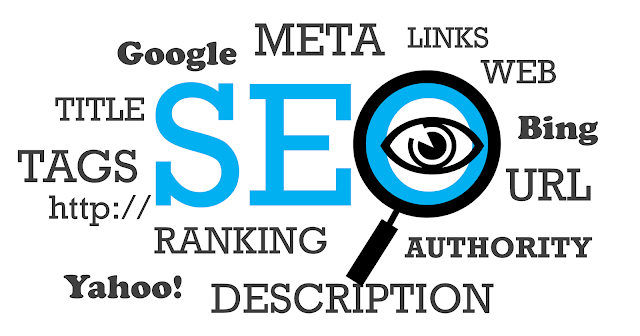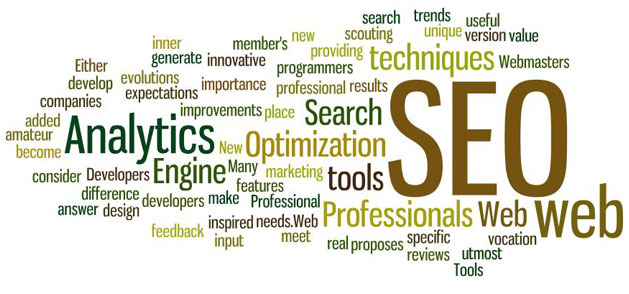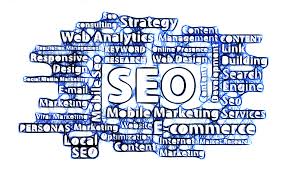While serious search engine optimization remains a difficult and often daunting task for your average website owner, there are many simple things you can do to optimize your site for the search engines. These simple tasks are relatively easy to perform and can be very beneficial to any search engine optimization campaign.
Page Titles
One of the most important aspects of on-page optimization is to optimize all your page titles. Very few homemade websites and even those made by far more costly amateur and even professional web designers forget, or just don't know, that you should place your most important keyword phrase or two in your page title. If your #1 most important keyword is "orange cat figurines", then your page title should look something like this:
Company Name - Orange Cat Figurines
Simple as that! As long as you don't repeat one word more than several times in the title, you can place more than one phrase in the title, like this:
Company Name - Orange Cat Figurines, Feline Figurine Store
Notice we didn't repeat a single word more than once, fit in 2 important keyword phrases and also fit in the official company name? This is a good title. You can also move the company name to the end of the title to place greater importance on your phrases, like this:
Orange Cat Figurines and Feline Figurines at Company Name
All three formats make good page titles for just about any website.
Body Text
Next, we have the body text of the site. So often, you see sites that have very little or no text on their sites at all. Your main page especially needs to have some good descriptive text that incorporates the purpose of the website and your most important keyword phrases. Flash sites, sites with splash or entrance pages, and sites that are graphics-heavy, too often miss this important step.
Your text should read naturally and explain what your site offers and can even include a summary of your products, services, direct links to important pages on the site, and contact information.
Page File Names
The file names of each page of your site are also important and can be optimized. Here are some examples of appropriate optimization of page file names:
orange-cats.htm orange-cat-figurine.htm cat-figurines.htm blackcatfigurines.htm
It's quite simple, name the pages that you have these products on with the most important keyword phrase for those products. Avoid using too many words here, just 1 short keyword phrase works best. There's still an argument as to whether the hyphenated version or the non-hyphenated version is best. You can also use underscores as well. If your site is already built, you may not be able to change the filenames easily, but if you add additional pages, you can certainly use optimized file names like above.
Heading Tag
This is the very simple H1 tag that makes the text look very large on the page. When the heading tag is used on a page, the search engines tend to think that the phrase contained inside it is very important. The heading tag should be used at the top of a page to highlight one important keyword phrase that is describing the content of the page.
Alternate Image Text
While some search engines don't bother to read this text, some major ones still do. You can optimize the alternate image text to describe an image, but don't stuff it with keywords. Here are some examples of good alternate image text that incorporates keywords:
Orange Cat Figurine (to describe an orange cat figurine) Cat Store Logo (for the logo) Cat Figurine Catalog (for button linking to the main catalog page showing cat figurines)
The alternate text names of each image will also show up when you hover your mouse over an image or for people who are on low-speed connections and whose images don't load or take a long time to load.
There you are, 5 very simple and easy ways to optimize your site for search engines.
Page Titles
One of the most important aspects of on-page optimization is to optimize all your page titles. Very few homemade websites and even those made by far more costly amateur and even professional web designers forget, or just don't know, that you should place your most important keyword phrase or two in your page title. If your #1 most important keyword is "orange cat figurines", then your page title should look something like this:
Company Name - Orange Cat Figurines
Simple as that! As long as you don't repeat one word more than several times in the title, you can place more than one phrase in the title, like this:
Company Name - Orange Cat Figurines, Feline Figurine Store
Notice we didn't repeat a single word more than once, fit in 2 important keyword phrases and also fit in the official company name? This is a good title. You can also move the company name to the end of the title to place greater importance on your phrases, like this:
Orange Cat Figurines and Feline Figurines at Company Name
All three formats make good page titles for just about any website.
Body Text
Next, we have the body text of the site. So often, you see sites that have very little or no text on their sites at all. Your main page especially needs to have some good descriptive text that incorporates the purpose of the website and your most important keyword phrases. Flash sites, sites with splash or entrance pages, and sites that are graphics-heavy, too often miss this important step.
Your text should read naturally and explain what your site offers and can even include a summary of your products, services, direct links to important pages on the site, and contact information.
Page File Names
The file names of each page of your site are also important and can be optimized. Here are some examples of appropriate optimization of page file names:
orange-cats.htm orange-cat-figurine.htm cat-figurines.htm blackcatfigurines.htm
It's quite simple, name the pages that you have these products on with the most important keyword phrase for those products. Avoid using too many words here, just 1 short keyword phrase works best. There's still an argument as to whether the hyphenated version or the non-hyphenated version is best. You can also use underscores as well. If your site is already built, you may not be able to change the filenames easily, but if you add additional pages, you can certainly use optimized file names like above.
Heading Tag
This is the very simple H1 tag that makes the text look very large on the page. When the heading tag is used on a page, the search engines tend to think that the phrase contained inside it is very important. The heading tag should be used at the top of a page to highlight one important keyword phrase that is describing the content of the page.
Alternate Image Text
While some search engines don't bother to read this text, some major ones still do. You can optimize the alternate image text to describe an image, but don't stuff it with keywords. Here are some examples of good alternate image text that incorporates keywords:
Orange Cat Figurine (to describe an orange cat figurine) Cat Store Logo (for the logo) Cat Figurine Catalog (for button linking to the main catalog page showing cat figurines)
The alternate text names of each image will also show up when you hover your mouse over an image or for people who are on low-speed connections and whose images don't load or take a long time to load.
There you are, 5 very simple and easy ways to optimize your site for search engines.







.jpg)

No comments:
Post a Comment
Please Dont Enter Any Spam Link in The Comment Box